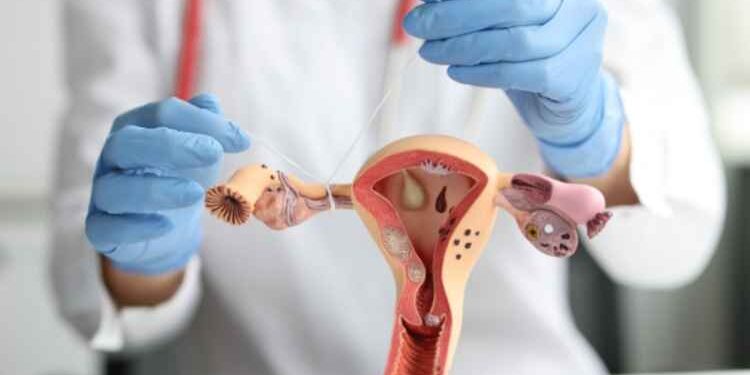Tube reversal is a surgical procedure done to reverse tubal ligation, a procedure done to prevent pregnancy through burning or surgical tying of the fallopian tubes to prevent eggs’ passage. However, this surgery may not work for everyone, and you may want to consider IVF. It remains a viable option if conducted by a Santa Monica tubal reversal expert.
What Is the Success Rate?
The success of a tubal reversal depends on several factors, and different patients will have different results. The length and condition of the remaining fallopian tube segments and the surgeon’s skills doing the procedure can significantly influence its success. Your age at the time of the procedure can also affect your chances of success.
Additionally, factors such as the method of tubal sterilization used, scar tissue in the pelvis, and the sperm test results of your partner, and other infertility factors can also have an impact. Although reopening or reconnecting the fallopian tubes increases the chances of success, it does guarantee that you will get pregnant again. Additionally, you need healthy fallopian tubes and have no other infertility issues that may make it hard for you to conceive.
With the right conditions, the chances of you getting pregnant after a tubal reversal can range between 75 and 80 percent. Usually, you can conceive within the first year following your surgery.
What Does the Procedure Involve?
Tubal reversal lasts about two to three hours. It involves the use of general anesthesia. First, a qualified medical practitioner will conduct a laparoscopy, the placement of a small scope through your navel, to determine the chances of reversing the tubal ligation done previously. If the conditions show promise, they will make a bikini cut above your pubic hairline. The surgeon will then use an operating microscope to connect both ends of the tube using fine suture material.
Typically, you do not have to spend the night at the hospital. After surgery, your doctor will give instructions and pain medications for you to take home. You should resume regular activity in two weeks.
Risks
Usually, a tubal reversal comes with very few risks. However, as you would expect with any operation, you may develop anesthetic complications, infection, bleeding, or damages to nearby organs. The risk of ectopic pregnancies also increases to 5 in 100 from 1 in 100 pregnancies.
Recovery
Your recovery depends on the surgical method used by your doctor. If they use microsurgical techniques, you should go home a few hours after the procedure. If not, you may have to stay for one to three days before going home. You can recover completely in two weeks.
Who Can Have a Tubal Reversal?
If you have no medical contraindications to pregnancy, you can have a tubal reversal. You should also have sufficient tubal segments and a partner with a normal sperm analysis. However, your chances of success reduce with increasing age.
To summarize, tubal reversal refers to a surgical procedure done to reverse tubal ligation. It has an average success rate of 75 to 80 percent, but it can vary depending on a few factors. It does not present any risks apart from those associated with any surgery. You can go home a few hours after the procedure and resume regular activity within two weeks. You qualify to have a tubal reversal if you have no contraindications to pregnancy.
